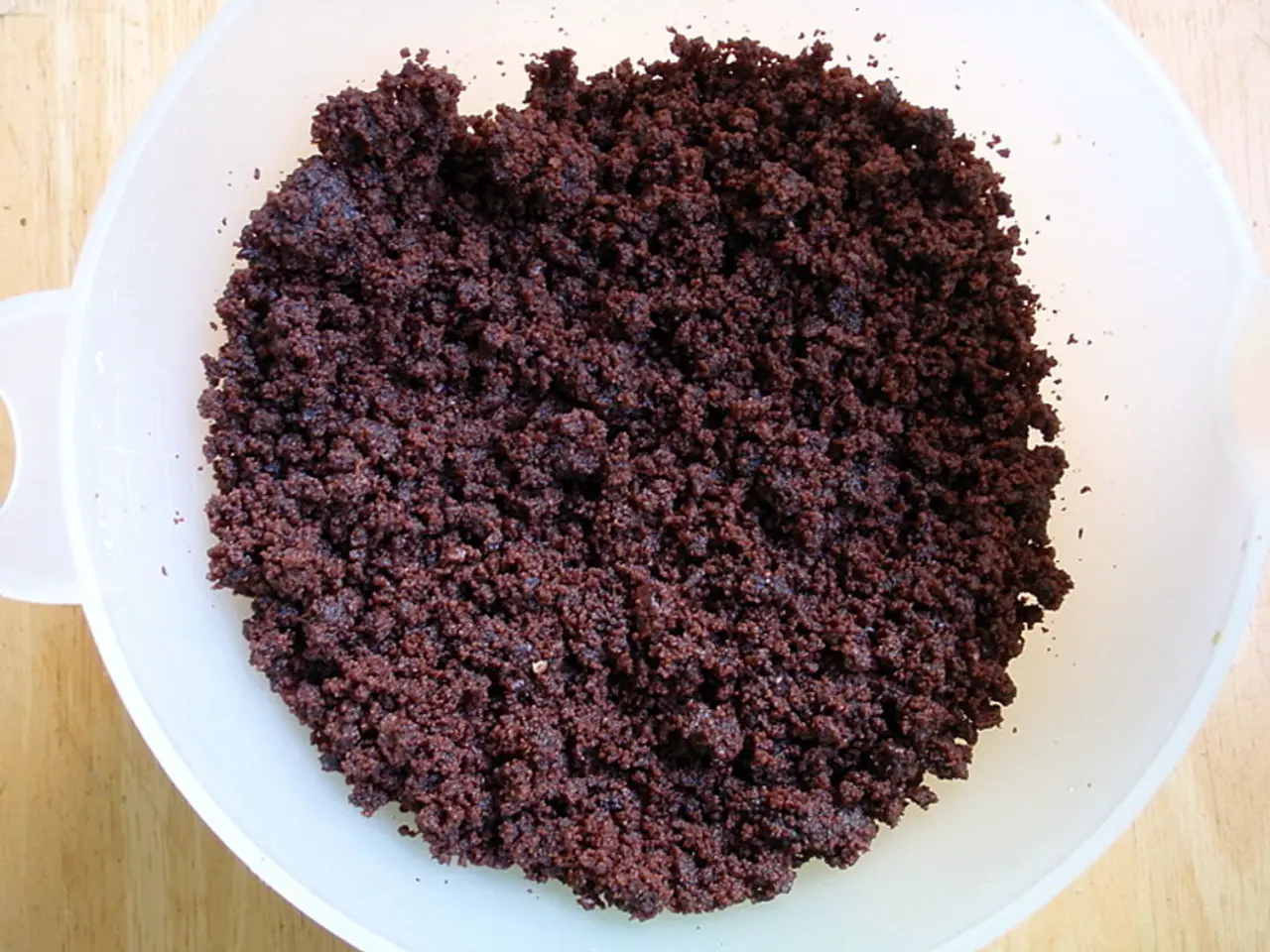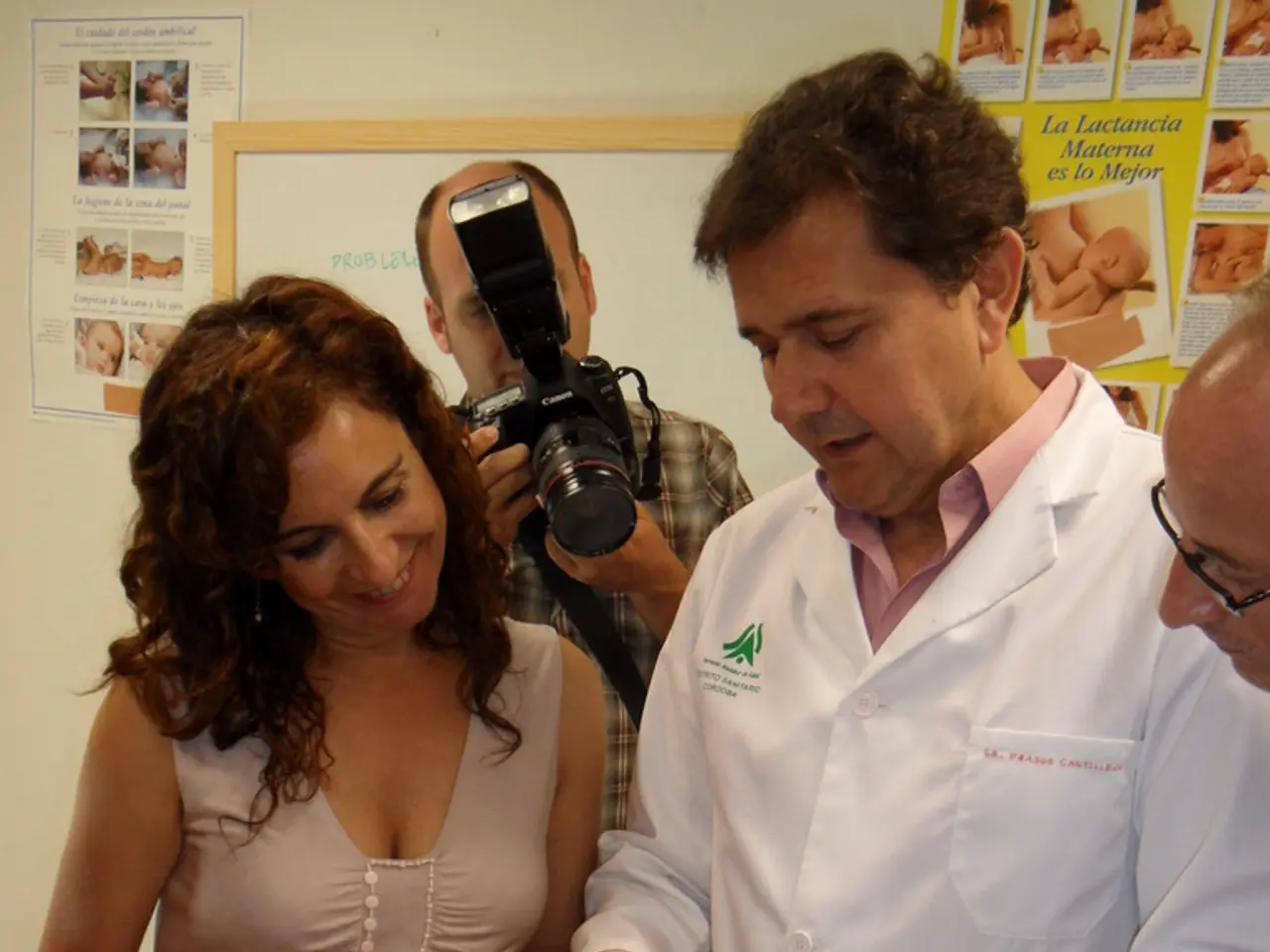Moldy Food: A Question of Safety or Taste Enjoyment?
Mold, microscopic fungi that develop in the form of filaments called mycelium, play a crucial role in the fermentation of various foods, such as tempeh, cheeses, and salamis. However, not all molds are safe to consume, as some produce mycotoxins, toxic substances that can be harmful to human health.
Penicillium roqueforti, for instance, is responsible for the unique flavor of Roquefort cheese. On the other hand, Aspergillus oryzae is used in the fermentation of miso and soy sauce. Yet, other molds, like Aspergillus species, produce aflatoxins, which are highly toxic and carcinogenic.
When mold appears on food, the appropriate reaction depends on its texture and composition. Soft or moist foods, such as bread, fruits, dairy, and cooked foods, should generally be discarded if mold is visible, as toxins can penetrate beyond the visibly affected area. In contrast, on hard, low-moisture foods like hard cheese and cured meats, it is sometimes safe to cut away the mold with a wide margin (at least 2.5 cm / 1 inch beyond the mold spot), though caution is advised.
To prevent harmful mold, it is essential to store food properly. Keep it dry, cool (below 15°C), in airtight containers, and in clean, pest-free areas to inhibit mold growth and mycotoxin formation. Maintaining proper moisture levels in stored grains (approx. 14-15%) also helps prevent fungal contamination.
Mycotoxins are invisible and are very difficult to eliminate during cooking. Examples include aflatoxins, ochratoxin A (linked to kidney damage), patulin (causing gastrointestinal issues), and Fusarium toxins (causing nausea and vomiting). These toxins can enter the body through ingestion of contaminated food and pose significant risks, leading to symptoms such as digestive problems, weakening of the immune system, fatigue, harmful effects on the liver and kidneys, and hormonal disorders. In severe cases, prolonged exposure or high doses of mycotoxins can lead to mold poisoning.
In summary, any mold on soft or moist foods should be considered unsafe; discard the food. For hard, low-moisture items, removing mold with a generous margin may be safe. Proper food storage and hygiene reduce mold risk, while recognizing the toxic potential of certain molds is crucial to health protection.
References:
- AGES - Mycotoxins and safe handling
- Medical Toxicology blog - Mold and mycotoxin prevention
- Austin MD Clinic - Mycotoxin health effects
- Engaging in home cooking requires not only culinary skills but also an understanding of food safety, especially regarding the presence of molds and their potentially harmful mycotoxins in food-and-drink.
- Health-and-wellness is closely linked to lifestyle choices, and in this context, being aware of the connection between certain medical-conditions, like those caused by mycotoxin consumption, and the food we eat is crucial.
- Yet, beyond cooking and lifestyle, science reveals that the world of microscopic organisms, particularly molds, plays a significant role in various aspects of our daily life, extending from health-and-wellness, food-and-drink, to the production of certain products like medicines, beverages, and even certain health supplements.




